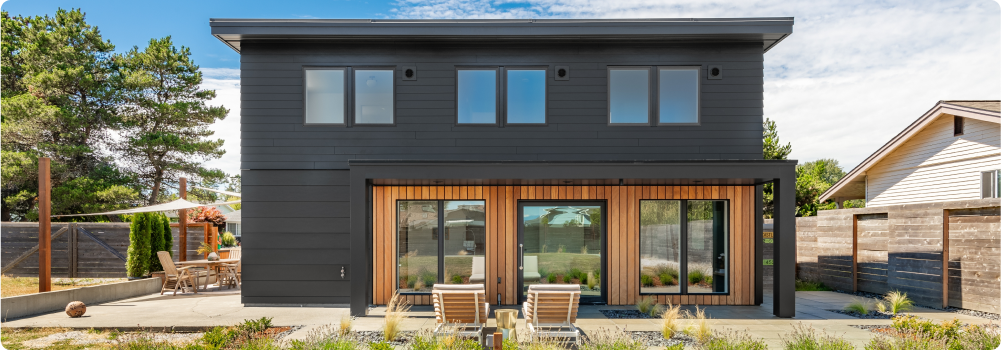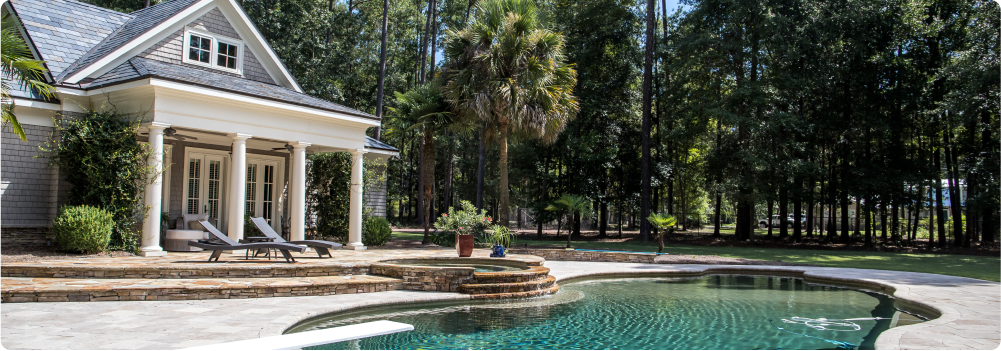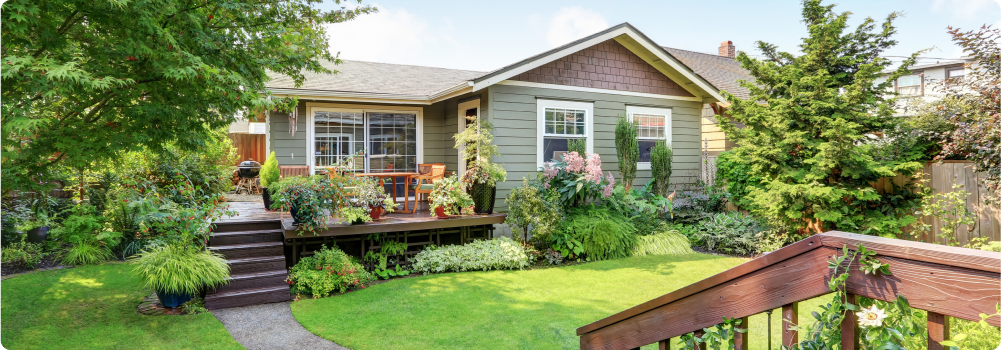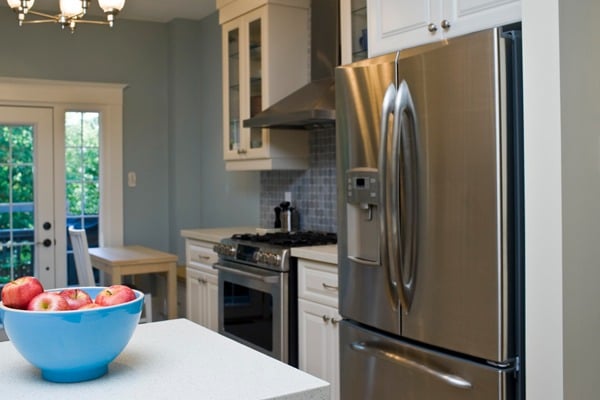What is an ADU?
If you’re new to the idea of adding extra rental space to your property, you may be asking, “What is an ADU?” An ADU means an accessory dwelling unit, which is a secondary housing unit located on the same lot as a single-family home. These units are often standalone structures—like a small guest house—or attached spaces, such as a converted garage or basement apartment, that provide fully functional living quarters.
ADUs come in various forms, from detached tiny homes to attached apartments, and they typically include essential amenities like a bathroom, kitchen, and sleeping area. As independent living spaces, they offer privacy to tenants while allowing homeowners to maximize their property’s rental potential. With their versatility and the income they can generate, ADUs are growing in popularity as an attractive option for homeowners looking to expand their property’s value and earn additional income.
Why an ADU can be a smart move

Adding an accessory dwelling unit to your property can feel like a big step, but it’s one that comes with substantial financial benefits. Let’s break down some of the ways an ADU can help boost your finances and make homeownership a little easier.
Rental income to offset mortgage costs
One of the biggest draws of an accessory dwelling unit is its potential as a rental income stream. By renting out your ADU, you could earn additional monthly income to help cover your mortgage, property taxes, or other home expenses. This extra cash flow can make a significant difference, especially with rising living costs.
Increasing property value
Building an ADU can also increase your home’s market value. When it comes time to sell, a property with an ADU is often more attractive to buyers who see it as a flexible space for family members, guests, or rental income. Think of an accessory dwelling unit as a long-term investment that adds financial security now and value down the road.
Flexible use options
While rental income is the most common goal, accessible dwelling units offer additional flexibility. They can serve as a private space for aging family members, a separate home office, or even a guest suite. Having an ADU gives you a range of choices on how to maximize the space—and you can always adjust its purpose as your needs change.
Challenges to consider before building an ADU

While the benefits of accessory dwelling units are appealing, it’s important to weigh the potential challenges before diving in. Understanding the realities of ADU construction and management will help you plan effectively and make informed decisions.
Initial investment costs
The upfront costs of building an accessory dwelling unit can vary significantly. Basic conversions, like a garage or basement, might start around $30,000, while a newly built, detached unit can reach upwards of $180,000, depending on design, materials, and labor costs. Though the initial investment is substantial, consider how quickly you could recoup costs through rental income.
Impact on property taxes and insurance
Adding an accessory dwelling unit could increase your property tax assessment, potentially raising your annual tax bill. Additionally, you may need to update your homeowner’s insurance to cover the new unit, particularly if you plan to rent it out. Check with your local tax assessor and insurance provider to understand how an ADU may impact your ongoing expenses.
Ongoing maintenance and management
Renting out an accessory dwelling unit comes with responsibilities. From addressing maintenance requests to ensuring that the unit remains in good condition, managing an ADU requires time, effort, and occasionally, repairs. If you’re new to property management, you may want to research local landlord laws, tenant screening processes, and ways to ensure that your ADU remains a welcoming and secure space.
Navigating zoning and permitting requirements
Before building an accessory dwelling unit, familiarize yourself with the zoning laws and permitting requirements in your area, as they can significantly impact your project’s feasibility.
Understanding local zoning and size restrictions
Accessory dwelling unit zoning requirements vary, but some common regulations apply across many areas. Most local zoning laws define limits for ADU types, including attached, detached, or conversion ADUs. For example, some municipalities may only allow attached accessory dwelling units or conversions of existing structures, like garages, while prohibiting detached units. Size is another typical restriction, with many areas capping ADU size between 600 and 1,200 square feet, depending on lot size and existing structures.
Setbacks and parking requirements
Accessory dwelling units often need to comply with setback regulations, which dictate how far the ADU must be from property lines. Setbacks usually range between 4 and 15 feet, depending on the jurisdiction. Additionally, while some cities have relaxed parking requirements to encourage accessory dwelling unit development, others may still require one off-street parking space per ADU. This is especially common in suburban areas or locations with limited street parking availability.
Permitting process and inspection stages
Building an accessory dwelling unit usually involves securing permits for construction, plumbing, electrical, and sometimes additional safety measures. These permits ensure that your unit meets health and safety codes. Be prepared for multiple inspection stages—from initial site preparation to final construction checks. This multi-step process can take several months, depending on local government backlog and the project’s complexity.
Special incentives and exceptions
Some cities offer financial incentives or fast-track permitting to encourage accessory dwelling unit development, especially if the ADU will be used for affordable housing. Jurisdictions such as Portland and Los Angeles have implemented waivers for impact fees or reduced permit costs to make accessory dwelling units more accessible to homeowners. Checking with your local planning department or housing office can reveal whether you qualify for such incentives, potentially saving both time and money.





